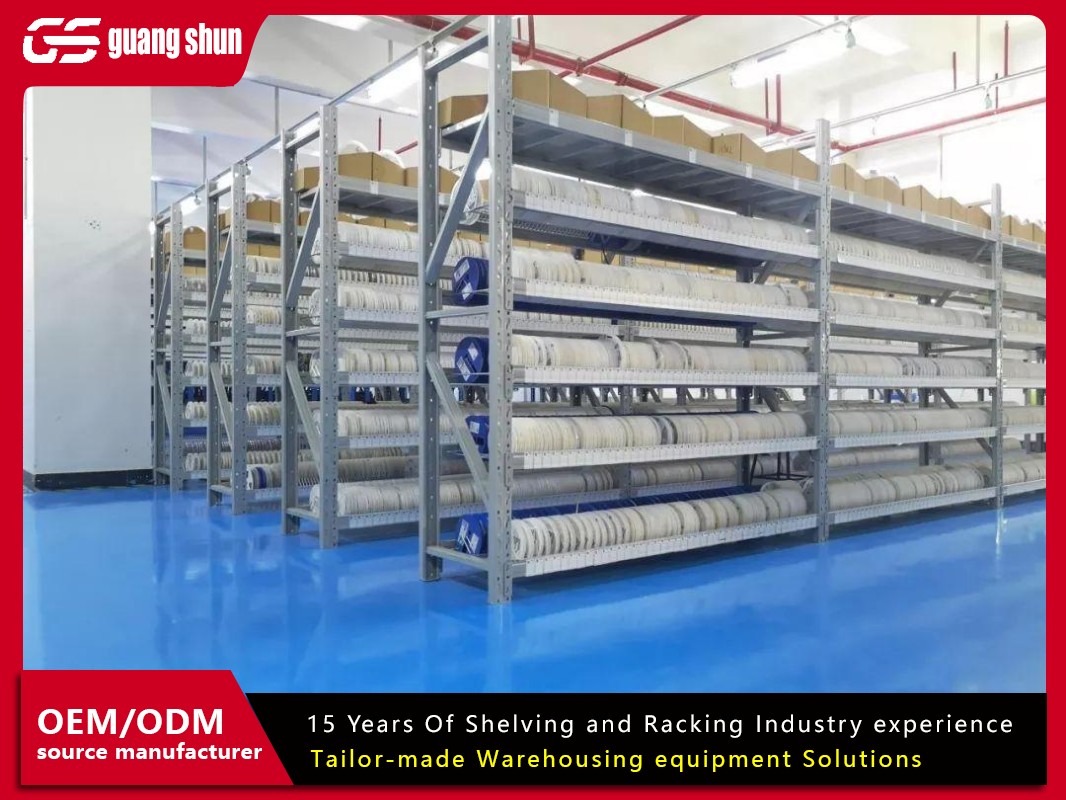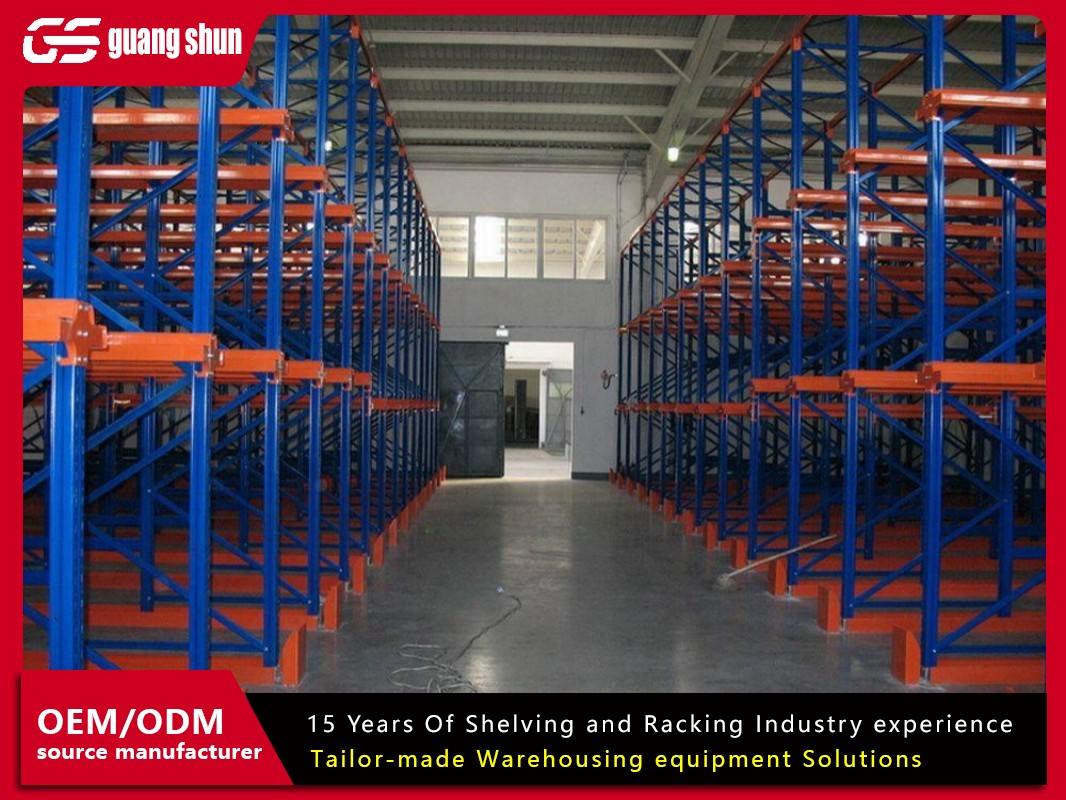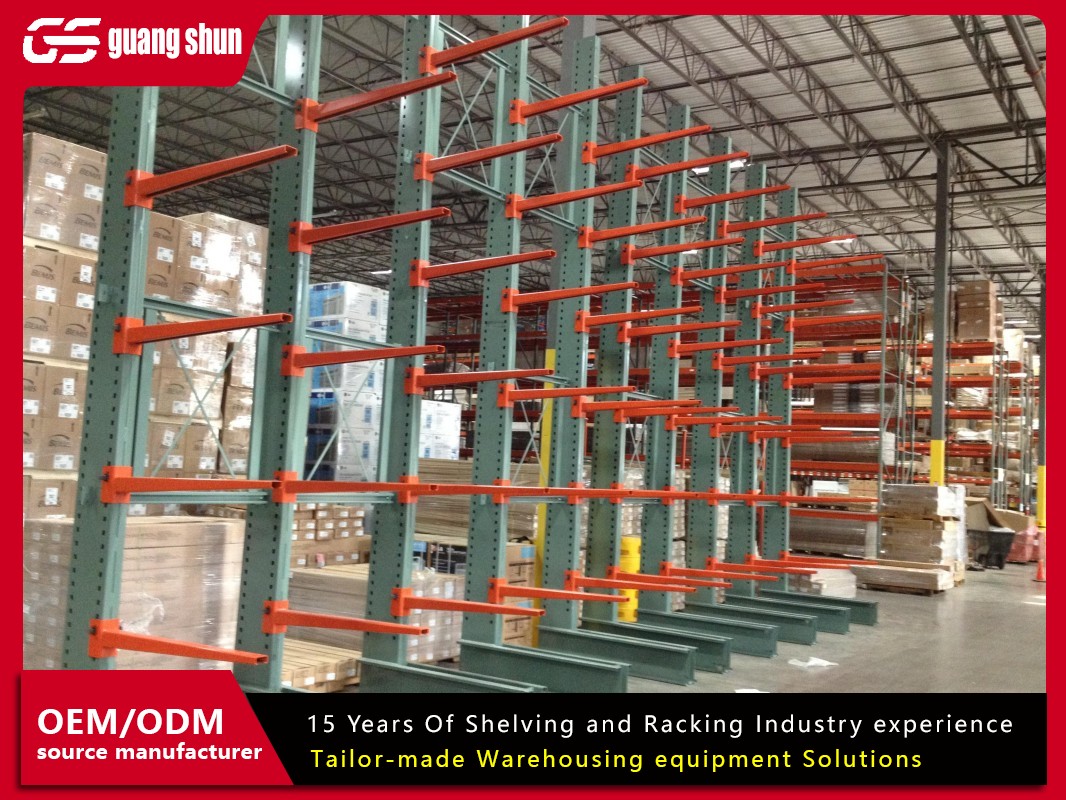In the relentless world of industrial production, efficiency is the heartbeat of profitability. Every square foot of floor space, every minute of labor, and every movement of material carries a cost. For manufacturing facilities, the storage and retrieval of raw materials, work-in-progress (WIP), and finished goods are not just ancillary tasks; they are integral to the smooth flow of operations. This is where the backbone of industrial organization comes into play: manufacturing racking systems.
Choosing the right storage solution is a critical strategic decision. The wrong system can lead to inefficiencies, safety hazards, and wasted capital. The right one can transform your facility, unlocking unprecedented levels of productivity and space utilization. This ultimate guide will delve into the five essential aspects of manufacturing racking systems that every operations manager, plant engineer, and business owner must understand.
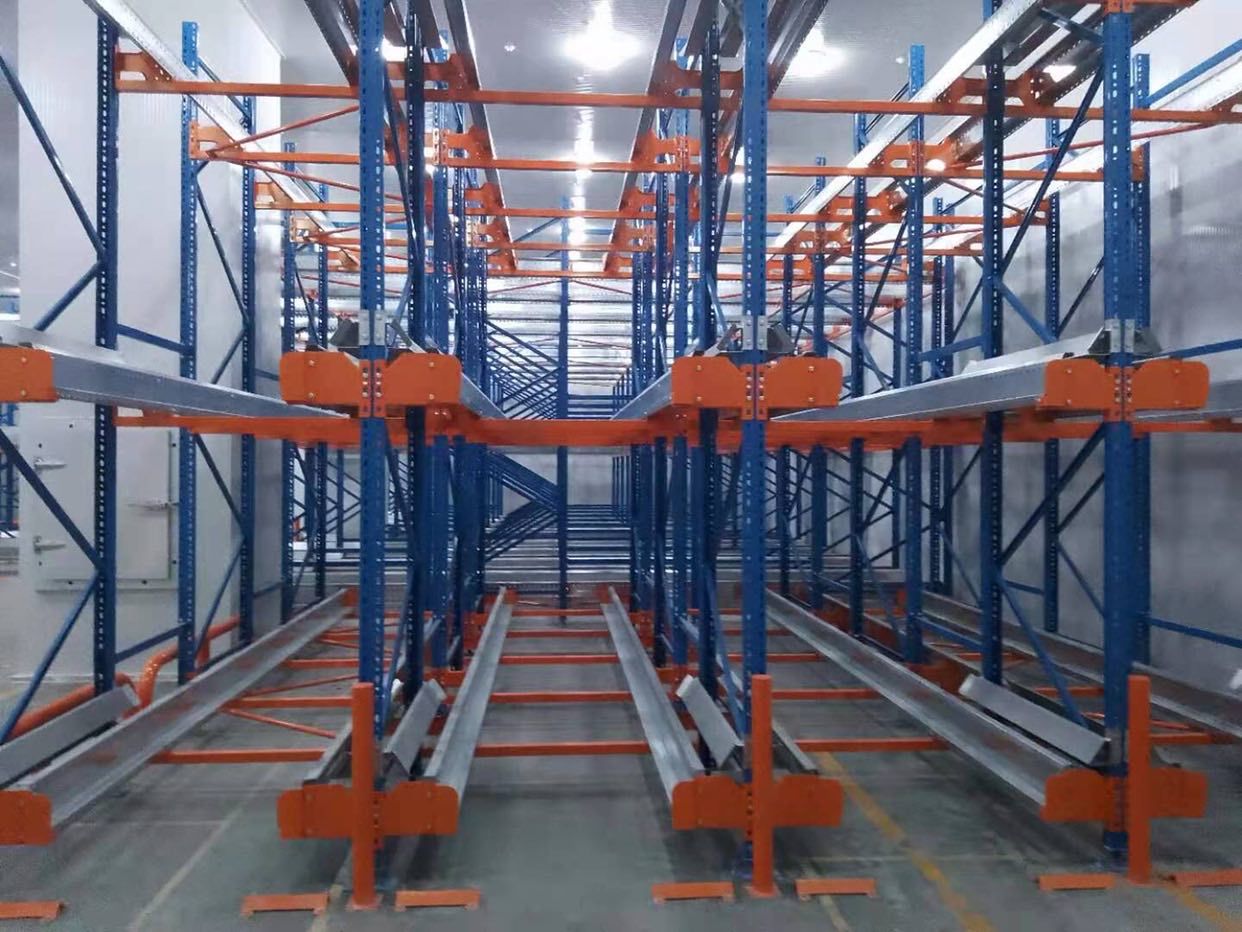
What Are Manufacturing Racking Systems? More Than Just Shelving
At its core, a manufacturing racking system is a engineered structure designed to store materials loaded on pallets, in containers, or as individual items in an organized, accessible, and dense manner. Unlike standard commercial shelving, these systems are built to withstand the extreme demands of a manufacturing environment. They are characterized by their high load capacities, durability, and compatibility with material handling equipment like forklifts and order pickers.
The primary purpose of these systems extends far beyond simple storage. They are a key component in inventory management, enabling practices like First-In-First-Out (FIFO) or Last-In-First-Out (LIFO). They directly influence layout and workflow, affecting everything from receiving docks to assembly lines to shipping bays. Investing in the right manufacturing storage racks is about investing in the very infrastructure that supports your production lifecycle.
Key Types of Manufacturing Racking Systems: Choosing the Right Tool for the Job
Not all manufacturing needs are identical. A facility producing small automotive parts has different storage requirements than one storing large rolls of fabric or assembled machinery. Understanding the different types of manufacturing racking systems is the first step toward selection.
Selective Pallet Rack: The most common and versatile system. It provides direct, selective access to every single pallet located in the system. This is ideal for facilities with a high number of SKUs where every item needs to be accessible at any time. Beams are adjustable, offering flexibility for storing loads of different heights.
Drive-In/Drive-Through Rack: A high-density storage solution where the forklift drives directly into the rack structure to place and retrieve pallets. Drive-in racking (LIFO) has an entrance on one side, while drive-through (FIFO) has entrances on both ends. This type of industrial racking system is perfect for storing large quantities of similar products, maximizing cube utilization, though it sacrifices some accessibility.
Push Back Rack: Another high-density option, push back racking operates on a series of nested carts on inclined rails. When a new pallet is loaded, it pushes the previous pallets back. When retrieving a pallet, the next one moves forward automatically. It offers better selectivity than drive-in racks and is excellent for medium-to-high-throughput environments with multiple pallets per SKU.
Cantilever Rack: Designed for long, bulky, or irregularly shaped items that are difficult to store on standard pallet racking. Examples include lumber, piping, steel bars, furniture, and roofing materials. Arms extend from a central column, providing unobstructed access to stored items without the interference of vertical front-columns.
Mezzanine Systems: While not a racking system per se, mezzanines are a revolutionary way to leverage the air rights in a high-ceiling facility. By adding a structural deck between the floor and ceiling, you effectively create a second or third level for storage, office space, or production areas, dramatically increasing your usable square footage without expanding the building's footprint.
The Tangible Benefits: Why Investing in the Right System Pays Dividends
Implementing a well-planned manufacturing racking system delivers a powerful return on investment across multiple facets of your operation.
Maximized Space Utilization: By building vertically, you exploit the often-underutilized cubic airspace of your facility. This can effectively double or triple your storage capacity without the exorbitant cost of relocating or building a new facility.
Enhanced Operational Efficiency: Organized storage means less time spent searching for items. It creates clear aisles and defined locations, streamlining the paths for forklifts and workers. This leads to faster loading and unloading, quicker order picking, and a smoother overall material flow, directly reducing labor costs.
Improved Inventory Management and Safety: A structured system allows for logical organization, making cycle counts and inventory audits more accurate and less time-consuming. Furthermore, properly installed and loaded racks drastically improve safety by reducing the risk of falling items, collapsed shelving, and pallet pile-ups. It also promotes a cleaner, more organized work environment.
Scalability and Flexibility: Modern manufacturing racking systems are designed to grow and change with your business. Adjustable beams and modular components allow you to reconfigure your storage layout as your product lines, volumes, and processes evolve.
Asset Protection: Your inventory represents tied-up capital. Storing it securely on robust racks protects it from damage that can occur from being stacked on the floor, such as from moisture, impacts, or crushing. This preserves your product quality and reduces financial loss.
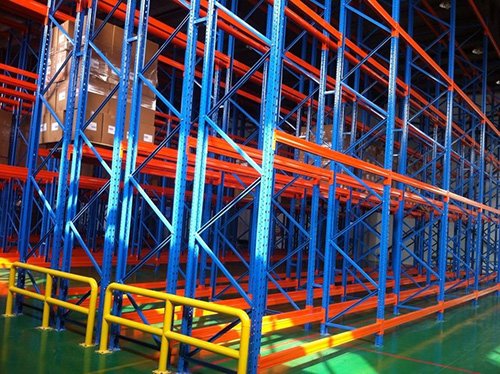
Critical Factors for Selecting Your Manufacturing Racking System
Selecting a system is not a one-size-fits-all process. It requires a thorough analysis of your specific needs.
Inventory Characteristics: What are the dimensions, weight, and shape of your items? How many SKUs do you have, and what is your turnover rate for each (ABC analysis)?
Facility Constraints: What is your available floor space and ceiling height? Consider column placements, door locations, and sprinkler systems.
Material Handling Equipment: What type of equipment will you use (e.g., counterbalance forklifts, narrow-aisle reach trucks, order pickers)? The type of equipment determines your required aisle width.
Budget: This includes not only the initial purchase and installation cost but also the long-term value in terms of durability, maintenance, and the operational savings it will generate.
Safety and Compliance: The system must be designed to meet all local safety regulations and seismic codes (if applicable). This includes proper anchoring, load signage, and the inclusion of safety features like rack guards and column protectors.
The Future is Now: Smart Racking and Integration with Industry 4.0
The world of manufacturing racking systems is not immune to technological advancement. The rise of Industry 4.0 has introduced "smart" racking solutions that integrate with Warehouse Management Systems (WMS) and the Internet of Things (IoT).
RFID and Tracking: Integrating RFID tags on rack locations and assets allows for real-time, automated inventory tracking, eliminating manual data entry and errors.
Automated Storage and Retrieval Systems (AS/RS): These are computer-controlled systems that automatically place and retrieve loads from defined storage locations. They can range from simple vertical lift modules to massive unit-load cranes operating within the rack structure, offering incredible speed, density, and accuracy.
Load Monitoring Sensors: Advanced sensors can be installed on racks to monitor load weight and rack integrity in real-time, providing critical data to prevent overloading and enhance safety proactively.
Your choice of a manufacturing racking system is a foundational decision that impacts your operation's efficiency, safety, and scalability. It is not merely a purchase of equipment but an investment in the operational backbone of your manufacturing enterprise.
By carefully considering your inventory profile, operational goals, and facility constraints, and by understanding the vast array of systems available—from versatile selective racks to high-density push-back systems—you can make an informed choice. Whether you opt for a traditional robust setup or integrate smart technologies for the future, the right manufacturing racking system will organize your space, streamline your workflow, and drive your productivity to new heights, ensuring your manufacturing facility is built for success.



